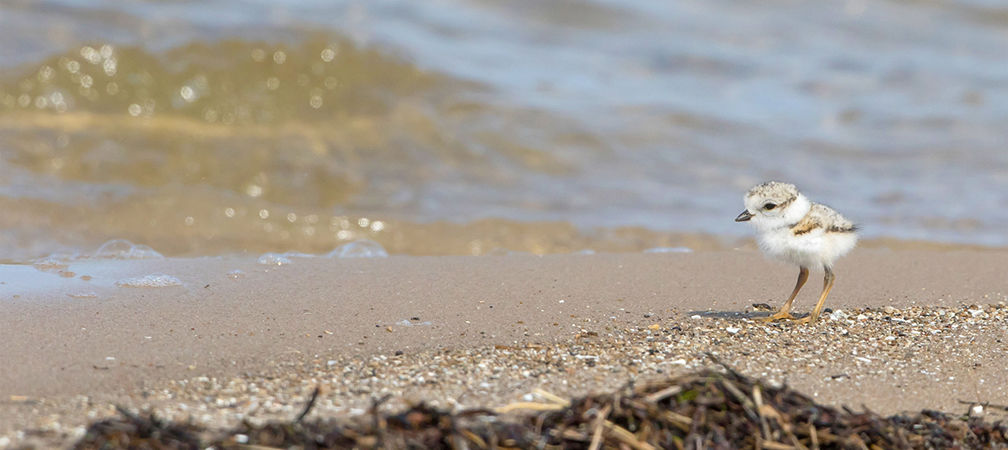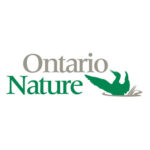Ontario Nature Blog
Receive email alerts about breaking conservation
and environmental news.
© Lora Denis
Piping plover © Merri-Lee
The Town of South Bruce Peninsula has applied for two permits under the Endangered Species Act 2007 (ESA) to damage and destroy piping plover habitat. It wants to remove large natural materials and mechanically rake the beach before long weekends and other special events. Though the details of these permit applications have not been revealed, we know they are based on two highly problematic assumptions: 1) that the Town will be able to provide an overall benefit to the species, i.e., more than compensate for the damage it inflicts, and 2) that mechanical raking is necessary for public health and safety. (See our refutation of these assumptions.)
In his ruling, Justice Anderson recommended the following:
“Rather than allow the Town to damage or destroy piping plover habitat by way of permit, the Town should be required to work with the Ministry to come up with a beach management plan that is compatible with protecting plover habitat.”
Instead of adopting the court’s recommendation, the Town is now pursuing a multi-year permit. According to Mayor Jackson, the Ministry of Environment, Conservation and Parks is so far agreeable to their plans: “We’ve been thrilled with the working relationship that we have with the ministry currently.”
The Town’s application, as reflected on the ERO posting gives us no confidence that an overall benefit will be achieved. In addition, we have no confidence in the Town’s plans (if any) to protect piping plover habitat.
Even after the Town was found guilty last year of damaging and destroying piping plover habitat with its beach maintenance activities, the Town’s mayor still maintains that “plovers prefer a clean beach and raking the sand actually creates habitat the birds prefer.”

In his judgement, Justice of the Peace, C.W. Anderson stated that the Town’s beach maintenance showed “wanton disregard for the habitat of the piping plover by the long-term levelling and the cutting of the foredune and dune areas.”
The Town’s view, as expressed through Mayor Jackson, contradicts the evidence of expert testimony like the following, from a Ministry of Natural Resources and Forestry biologist, which provided the basis for the guilty verdict:
“Sparse, low-lying vegetation and cobble are important features of nest selection. The features provide cover from predators during incubation (Whyte 1985) and conceal the nest site (USFWS 2003).”
“Natural woody material, detritus and vegetation deposited by ice or wave action provides valuable foraging features for both adults and juveniles.”
“Piping Plover are highly susceptible to predation at all life stages ... Adults and chicks are frequently depredated by avian (gulls, raptors, owls) and mammalian predators (fox). Areas with vegetation, hummocks or natural woody material are utilized to hide from these predators while foraging, resting or brooding.”

“Nests placed on small hummocks are less susceptible to flooding during rain events, natural woody material can reduce the risk of sand blowing over and covering a nest. These features also provide shelter for adults and young during storm events.”
Despite the evidence, Mayor Jackson insists that mechanical raking “impacts [the plovers] in a positive way; not in a negative way.”
Wanton disregard coupled with what could be perceived as willful ignorance does not bode well for the plovers.
Mayor Jackson said she didn’t believe piping plovers were endangered, even though scientific experts have listed them as such provincially and nationally. Dare we hope that the ministry will uphold the spirit and intent of the ESA and put the welfare and recovery of this imperiled species first and foremost?

Gananoque Lake Nature Reserve © Smera Sukumar